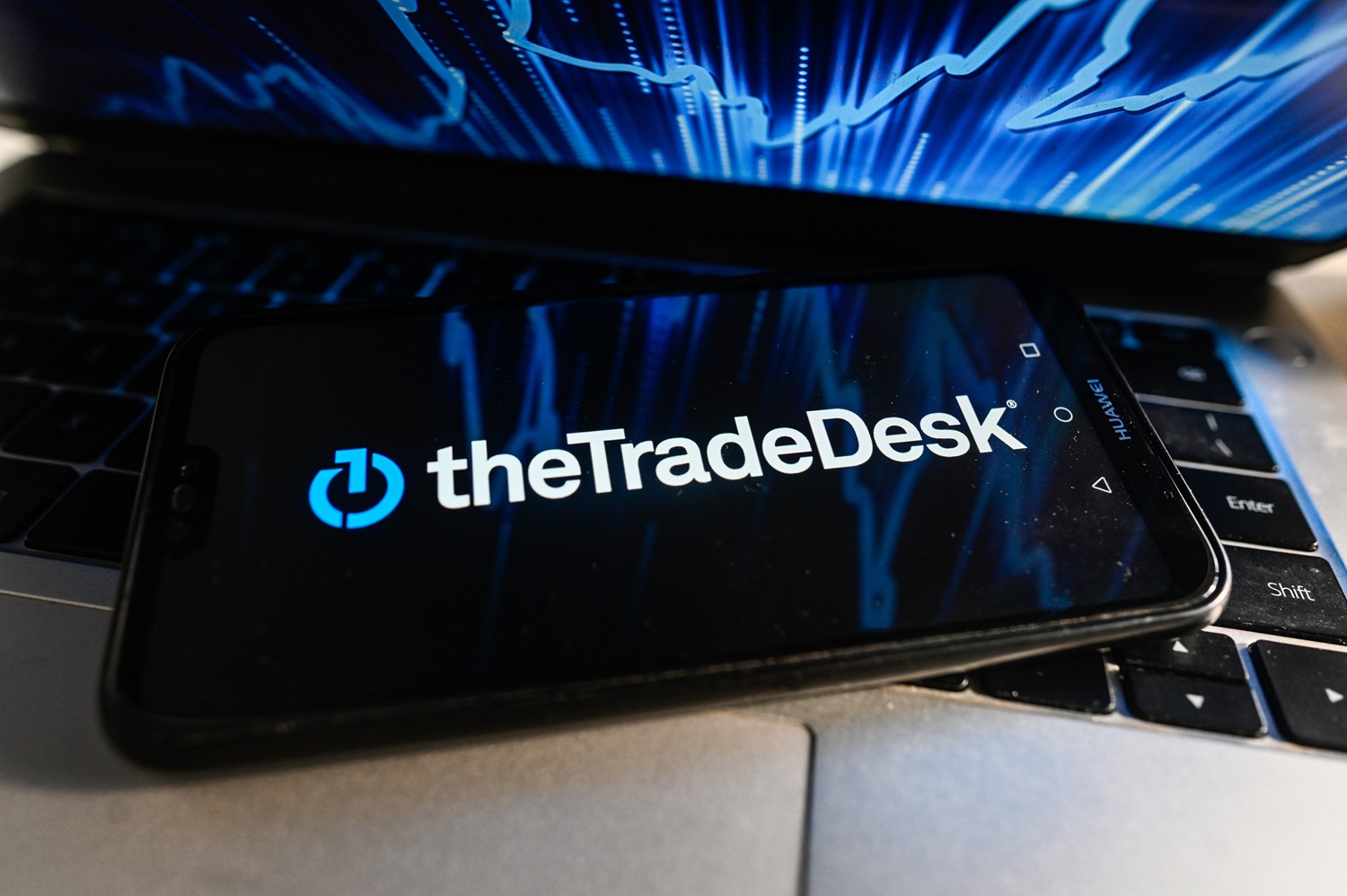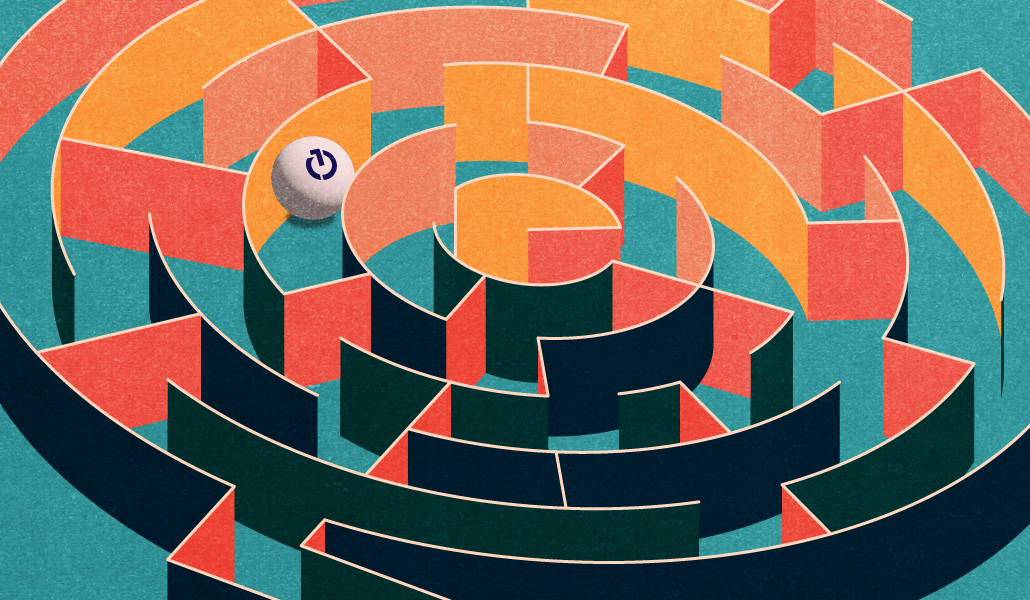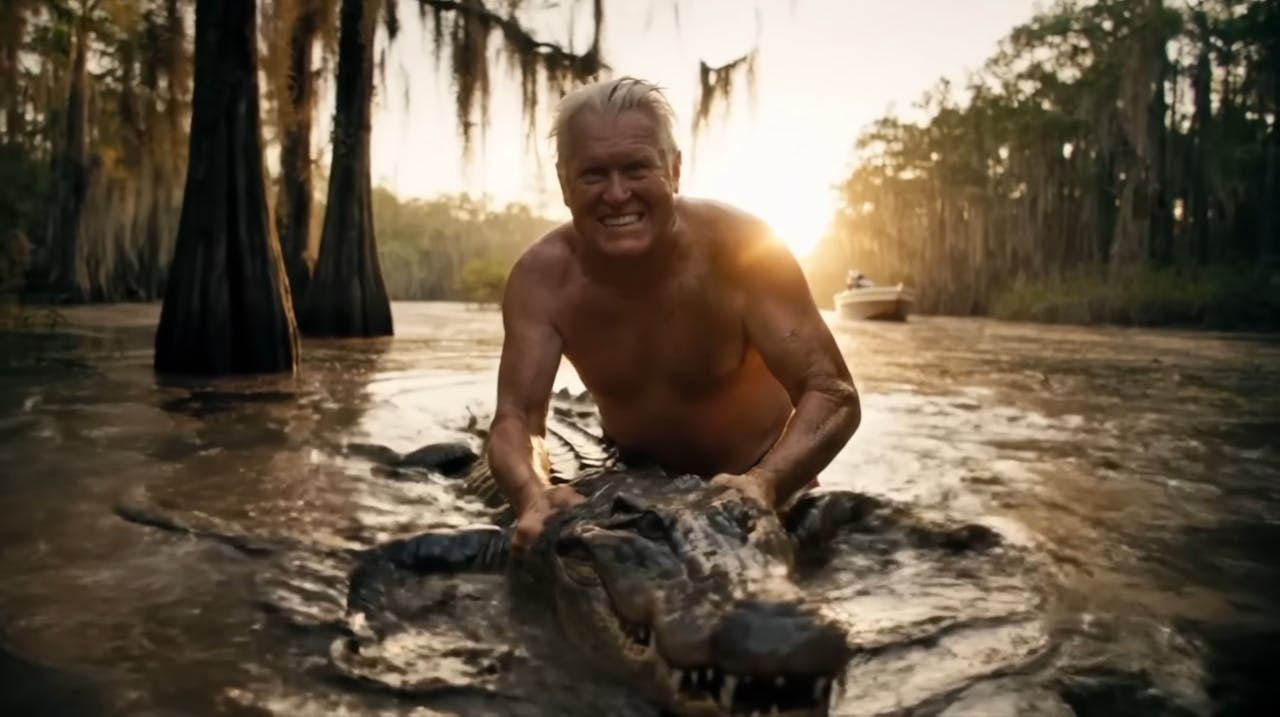#ai-in-advertising
#ai-in-advertising
[ follow ]
#digital-marketing #programmatic-advertising #generative-ai #marketing-innovation #meta #marketing-trends
Marketing tech
fromThe Motley Fool
2 weeks agoCould This Be the Most Overlooked Way to Profit From the AI Boom? | The Motley Fool
AI-powered digital advertising is producing strong revenue and profitability growth for companies like AppLovin and Meta Platforms, expanding into gaming, international, and e-commerce ads.
fromAdExchanger
1 month agoMarketers Are Learning That AI Is Only As Skillful As The Humans Prompting It | AdExchanger
While much of the world is wringing its hands over how AI might replace people, one startup wants to prove that the real opportunity lies in bringing the two together. Launched earlier this year, Kartel is a creative marketplace that helps brands and agencies create campaigns by matching them with freelance artists who specialize in AI. That vision is already playing out for Laser Eye Center, a Los Angeles-based company specializing in Lasik that started experimenting with Kartel to generate creative for broadcast television.
Marketing tech
Marketing
fromMuse by Clios | Discover the latest creative marketing and advertising news. Muse by Clio is the premier news site covering creativity in advertising and beyond.
1 month agoAd Legends Weren't Geniuses in a Vacuum. AI Shouldn't Be, Either | Muse by Clios
Training AI solely on famous ad legends ignores the collaborative teams, supporting roles, and cultural conditions that create iconic advertising.
Marketing tech
fromExchangewire
2 months agoAgencies embrace AI, curation & third-party data to power a new era in media buying
Agencies are reviving third-party data, curation, and AI to overcome first-party limitations, prioritize data quality, and boost media buying scale, relevance, and performance.
fromFortune
2 months agoMeta VP: AI is the best thing in advertising - if we use it right | Fortune
The global economy is undergoing a profound transformation, with one topic dominating executive suites and boardroom discussions: artificial intelligence (AI). AI is no longer a distant concept; it's fundamentally changing how companies innovate, engage with customers and protect their bottom line. For today's leaders, this means approaching every critical business decision with a mindset that considers how AI can deliver a competitive advantage.
Artificial intelligence
fromThe Drum
2 months agoJudge of the Day: The Romans' Dan Roberts says ads need fewer decks, more doing
On AI, he says it's not a replacement for creativity, but a tool for those who know how to use it. "AI won't replace creatives but creatives who don't know how to use it as a tool will probably get replaced by those who do. It should be another string to a creative's bow, much like Photoshop." For Roberts, originality is still the point, and no amount of automation can change that.
Marketing
fromThe Drum
2 months agoIt's not AI or Ads - it's AI AND Ads
As Alex Kantrowitz of Big Technology likes to say, what often gets lost in these debates is the nuance - so let's parse the rhetoric from reality. At the extremes, two scenarios could play out: Firstly, in a world where AI agents facilitate critical moments of truth for consumers making decisions about brands, products, and services - and immediately execute transactions - advertising becomes obsolete.
Marketing tech
fromAdExchanger
2 months ago'AI-Native' Media Buying Platform QuantumPath Names Jeffrey Hirsch As CEO | AdExchanger
Long-time ad tech exec Jeffrey Hirsch, a veteran of PubMatic, AudienceScience and ValueClick, has seen the ad tech industry evolve from its early ad network days to today's increasingly AI-powered programmatic ecosystem. Now, as the newly appointed CEO of QuantumPath, he wants to use his experience in the trenches to help media buyers automate complex workflows and better streamline campaign management. Hirsch officially took the reins at QuantumPath on Tuesday after serving as a strategic advisor since June.
Marketing tech
Tech industry
fromTipRanks Financial
3 months ago"Meta Platforms' (META) Ad Engine Revving Up!" Barclays Analyst Says WhatsApp and Threads Can Deliver $25B in Revenue - TipRanks.com
Meta can generate $25 billion extra ad revenue from WhatsApp and Threads in 2026–2027, supporting a Buy rating and $810 price target.
fromThe Drum
3 months agoThere's no such thing as (new) business as usual
It's rolled out, usually by senior ad execs, as a reminder that the responsibility for new business cannot, and must not, lie solely at the door of the small department that bears its name. Instead, it must be divided across an agency, with everyone feeling a degree of personal accountability for its delivery. In our industry, we are, as another well-worn phrase goes, 'all in the business of new business'.
Marketing
fromFort Worth Star-Telegram
4 months agoHe sold his likeness. Now his avatar is shilling supplements on TikTok.
Scott Jacqmein, a 52-year-old actor in Dallas, fields one or two texts a week from acquaintances and friends who are pretty sure they have seen him pitching a peculiar variety of businesses on TikTok.
Artificial intelligence
fromAdExchanger
4 months agoThis Ad Tech OG's AI-Powered Analytics Startup Just Raised $9M In Series A Funding | AdExchanger
Newton Research, co-founded in 2023, secured $9 million in Series A funding to enhance advertising analytics using specialized AI agents for media planning and measurement.
E-Commerce
fromMarTech
4 months agoClosing the gap between creative and marketing performance | MarTech
The primary objective is to connect creative deliverables with real-time performance metrics. While traditional KPIs like impressions, clicks, and conversions remain essential, they don't capture the whole picture.
Marketing
fromwww.adexchanger.com
5 months agoSeedtag's New CEO Brian Gleason Says Contextual Will Be Bigger Than Retail Media
Contextual ad targeting represents an enormous opportunity, estimated at $250 billion to $350 billion. This approach emphasizes emotion and attention over traditional targeting methods.
E-Commerce
fromThe Drum
5 months agoUsing Skynet to sell shampoo? Meta's AI pitch is a trap, build a brand instead
Yes, AI can optimize for clicks. But it cannot build brands. And what Meta is quietly building is not a brand engine. It's a revenue machine optimizing attention flows to maximize yield. Its yield. Not yours.
Marketing
fromForbes
5 months agoBeyond The Algorithm: How AI-Powered Bidding Is Transforming Media
Digital advertisers have transitioned from generic tools within DSPs toward customized strategies, emphasizing measurable outcomes and the importance of tailored approaches to each brand's unique needs.
Digital life
fromForbes
5 months agoBeyond Impossible: How 5 Top Agencies Rewrote The Rules Of Creativity With AI
Reviving an impossible vibe: Slice & BarkleyOKRP To relaunch the iconic 80s and 90s soda Slice, BarkleyOKRP didn't just create an ad; they resurrected a cultural moment. They used Gemini to identify surprising cultural trends and build a world around them, manifesting as a fictional (but very real) analog radio station, 106.3 The Fizz in LA.
E-Commerce
Marketing tech
fromThe Drum
6 months agoRetail Media for Drummies: the guide that makes sense of the $100bn boom
Retail media is rapidly evolving from sponsored listings to a complex ecosystem of formats and networks.
Marketers need clarity on retail media metrics and effectiveness for continued growth.
fromstupidDOPE | Est. 2008
6 months agoMeta's AI Ad Tools Could Replace Traditional Agencies by 2026-Here's What It Means for Creatives | stupidDOPE | Est. 2008
"Meta claims its AI tools can cut ad creation costs by up to 50%. At the same time, early tests show results doubling in some cases due to better targeting."
Marketing tech
Marketing tech
fromExchangewire
6 months agoDigest: WPP Media Unveils Open Intelligence; Paramount Reshapes Strategy
WPP Media has launched Open Intelligence, revolutionizing advertising with predictive analytics and custom campaign models.
Paramount is shifting its media strategy to reduce costs and enhance efficiency amid changes in the streaming landscape.
Alternative medicine
fromFuturism
6 months agoThis Sleazy GLP-1 Prescription Site Is Using Deepfaked "Before-and-After" Photos of Fake Patients, and Running Ads Showing AI-Generated Ozempic Boxes
MEDVi's marketing for GLP-1 drugs heavily relies on AI-generated images and fabricated testimonials, raising ethical concerns in patient health advertising.
Marketing tech
fromMuse by Clios | Discover the latest creative marketing and advertising news. Muse by Clio is the premier news site covering creativity in advertising and beyond.
7 months agoTombras' PODS Campaign Takes Home Clio AI Specialty Award Sponsored by Google | Muse by Clios
AI-powered creativity is revolutionizing advertising as seen in Tombras' innovative PODS campaign recognized at the Clio Awards.
[ Load more ]










